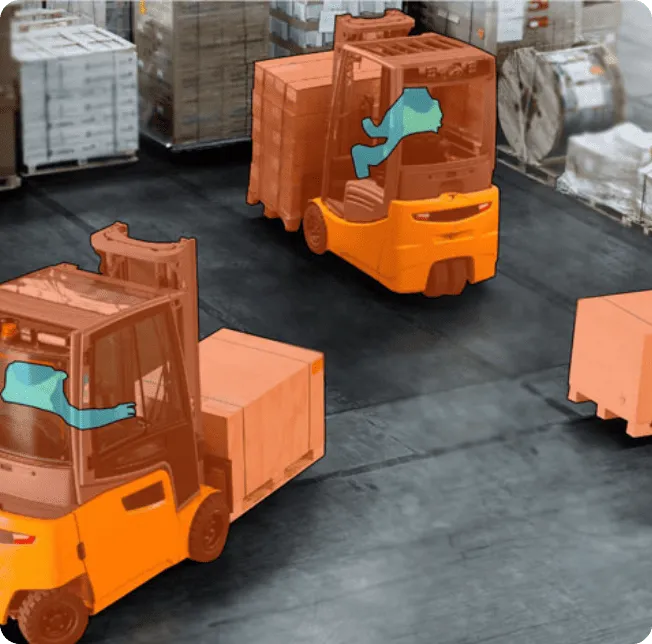Industries We Serve

Understanding the Importance of Data Annotation in Robotics
Data annotation in robotics is important because robots need to be able to make sense of the physical world. Here are several key reasons why data annotation is crucial in the field of robotics:

1. Training Machine Learning models
Many of the machine learning models in robotics, e.g. object detection, classification, and segmentation, demand annotated datasets. These models don’t learn to recognize or respond to different inputs accurately without labelled data.
2. Object Recognition and Detection
Annotated data for robots, e.g. self-driving cars, is useful in that the system can recognize obstacles, pedestrians, other cars, street signs, etc. Reliable object detection requires such annotations like bounding boxes and semantic segmentation.
3. Scene Understanding
Identifying objects and understanding their relationships within a scene are critical for annotating pixels that robots learn to trust and expect to see in the real world, by labelling pixels in images. For tasks, like robotic navigation, scene reconstruction, or robotic surgery, this is even more important.
4. Human-Robot Interaction (HRI)
Annotated datasets of human gestures, body language or facial expressions allows a robot to understand the human actions and react appropriately and enhance interaction in Collaborative robots (cobots), assistive robots, social robots.
5. Autonomous, Control and Navigation
While not all robotic systems require navigation to scale complex environments, annotations are invaluable for robots to understand potential obstacles, the layout of a space, or an appropriate route to follow.
6. Improved Decision-Making
Robotics annotations can be used to allow robots to predict outcomes based on environmental data and such as predicting movement of objects or people in a scene making it easier for making informed decisions when the robot is navigating or manipulating.
7. Safety and Reliability
Robots not making mistakes in critical situations like self driving cars detecting pedestrians or avoiding dangerous objects in a manufacturing setting is dependent on accurate annotations to stop this from happening.
8. Custom Applications
Annotated data specific to a task is available in specialized domains, such as healthcare, military or space exploration, to teach robot the specifics of the environment it works in.
Example Use Cases of Robotics
- Autonomous Vehicles: : Detecting objects, recognizing signs, and navigating safely.
- Robotic Vision: Improving object recognition and manipulation.
- Healthcare Robotics: Performing precision surgery and monitoring rehabilitation.
- Human-Robot Interaction:Gestures and emotions understanding.
- Industrial Robotics: Increasing the accuracy of manufacturing and quality.
- Agricultural Robotics: Monitoring the crops and automate harvesting.
- Drones: Mapping, surveying and steering to steer free of obstacles.
- Warehouse Robotics: It involved managing inventory and optimizing paths.
- Assistive Robotics: Daily activities can be recognized and help with tasks.
- Search & Rescue: Finding hazards and the victims in disaster zones.
Annotations allow robots to learn from such data, they increase robots’ efficiency, reliability, and safety in a variety of real-world applications.
Connect with Annotation Support to leverage the benefits of annotation services on Robotic industry and transform your business with efficient Robots.
